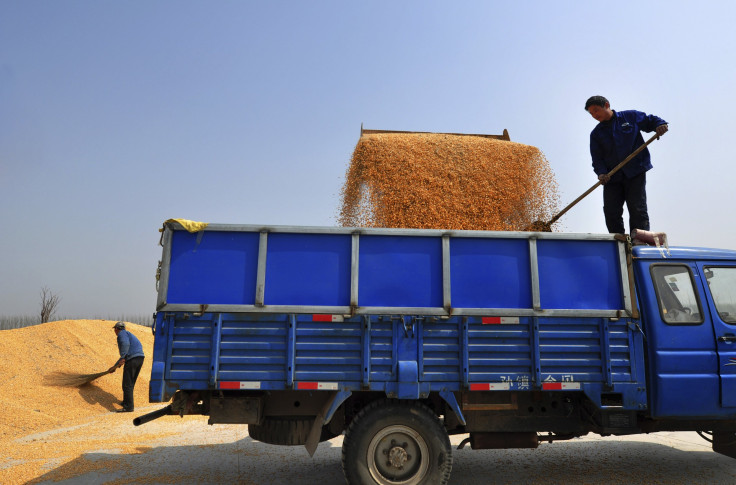Chinese Imports Of Oilseeds, Dairy, Coarse Grains To Jump; Agribusiness Growth Impact On Resources, Environment Poses Uncertainty

China’s imports of oilseeds, coarse grains and dairy are expected to jump over the next 10 years, while the country is projected to beat the European Union as the world’s top consumer of pork by the year 2022 on a per capita basis.
An annual outlook published on Thursday by the Food and Agricultural Organization and the Organization for Economic Co-operation and Development, said China, with its growing population, higher incomes and rising consumption, will significantly influence world markets over the next 10 years.
“The challenge is clear: feeding China in the context of its rapid economic growth and limited resource constraints is a daunting task,” the Financial Times quoted the report as saying. “China’s consumption growth will slightly outpace its production growth.”
The forecast comes at a time when China’s agribusiness growth is fueling a trend of mergers in the global food industry. China’s Shuanghui last week acquired leading American pork producer Smithfield Foods for $7 billion, the largest Chinese acquisition of a U.S. company till date.
China is already the world’s largest pork producer and consumer and has been mostly self-sufficient in pork supply. However, maintaining its current self-sufficiency levels over the next 10 years will be a challenge, the report said.
The Financial Times report also noted that commodities trading houses such as Archer Daniels Midland and Marubeni have spent $10 billion over the past year buying grain traders in Australia and the U.S., keeping the Chinese food market in mind.
The report, which for the first time dedicated a chapter exclusively for China, said the country’s oilseed imports are expected to rise by 40 percent over the 2013-22 period, accounting for 59 percent of global trade.
Chinese meat and dairy sectors are also forecast to expand, boosting demand for feedstock, which in turn will lead to increased imports of coarse grains.
China’s dairy product consumption is expected to increase 38 percent by 2022, with fresh dairy products accounting for most of this growth. Dairy imports are also set to rise 20 percent with milk powder accounting for 82 percent of total dairy requirements.
China is projected to remain the world’s leading fish exporter, accounting for 63 percent of global aquaculture production in 2022, although the growth rate has slowed by half compared to the previous decade.
Reversing the previous decade’s trend, the Chinese cotton industry is projected to decline 21 percent due to competition from India and other countries with lower labor costs.
The report projected that China’s consumption growth will slightly outpace its production growth by 0.3 percent per annum, a trend that remains unchanged from the previous decade. As a result, China may slightly open up its agricultural sector, although the projections vary across commodities.
China’s poverty rates have fallen dramatically from 64 percent in 1992 to 12 percent in 2009, while higher income and growth in agriculture has reduced the number of undernourished people from 21 percent of the population in 1990, to 12 percent in 2010, despite the population growth.
With constraints on land, water and rural labor resources on the rise, food security and self-sufficiency in key food crops such as rice and wheat are now China’s top policy priorities.
The Chinese government, which usually does not hesitate to commandeer private land holdings for public projects, has introduced a policy to preserve land earmarked for agriculture and also has set targets to increase the area under cultivation, and the production of wheat, rice, coarse grain, soybeans and tubers. The report predicted that these targets will be met or exceeded in the next 10-year period.
Key uncertainties around the agribusiness outlook for China include continued economic growth, which will exert pressure on resources, as well as the environmental impact of this growth, which can manifest as more frequent and severe weather events, the report noted.
© Copyright IBTimes 2024. All rights reserved.




















